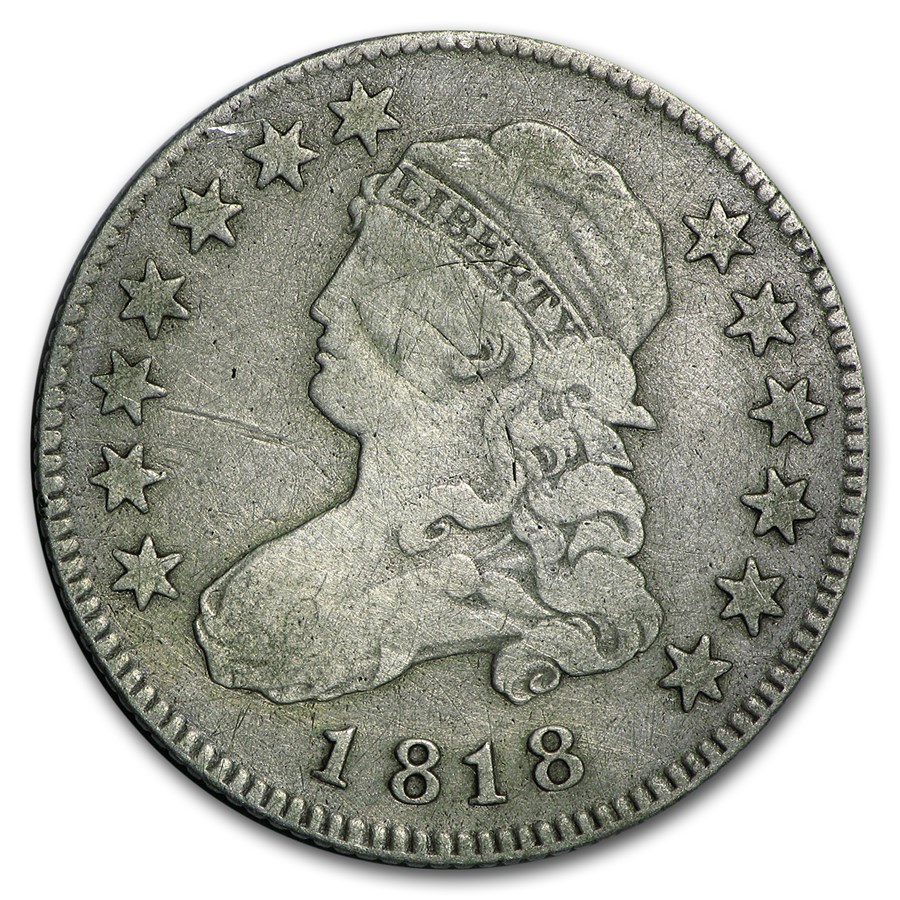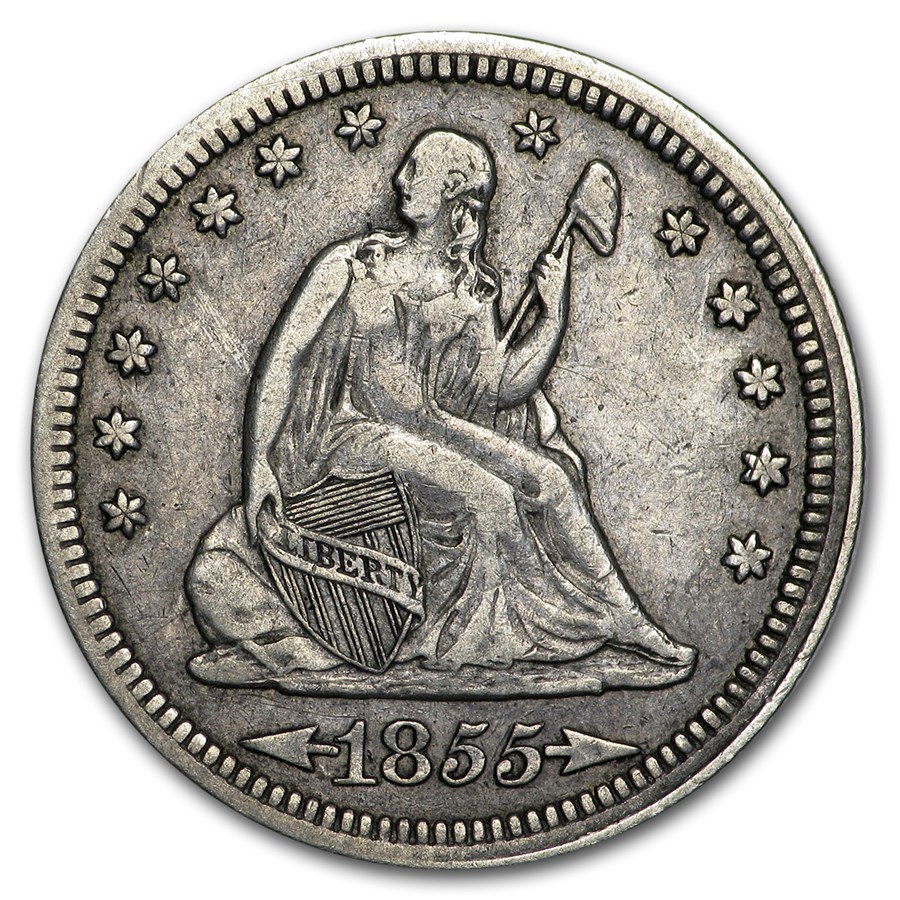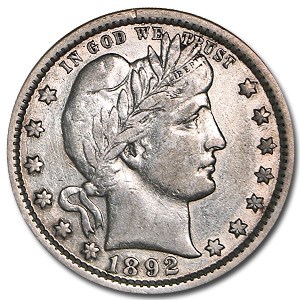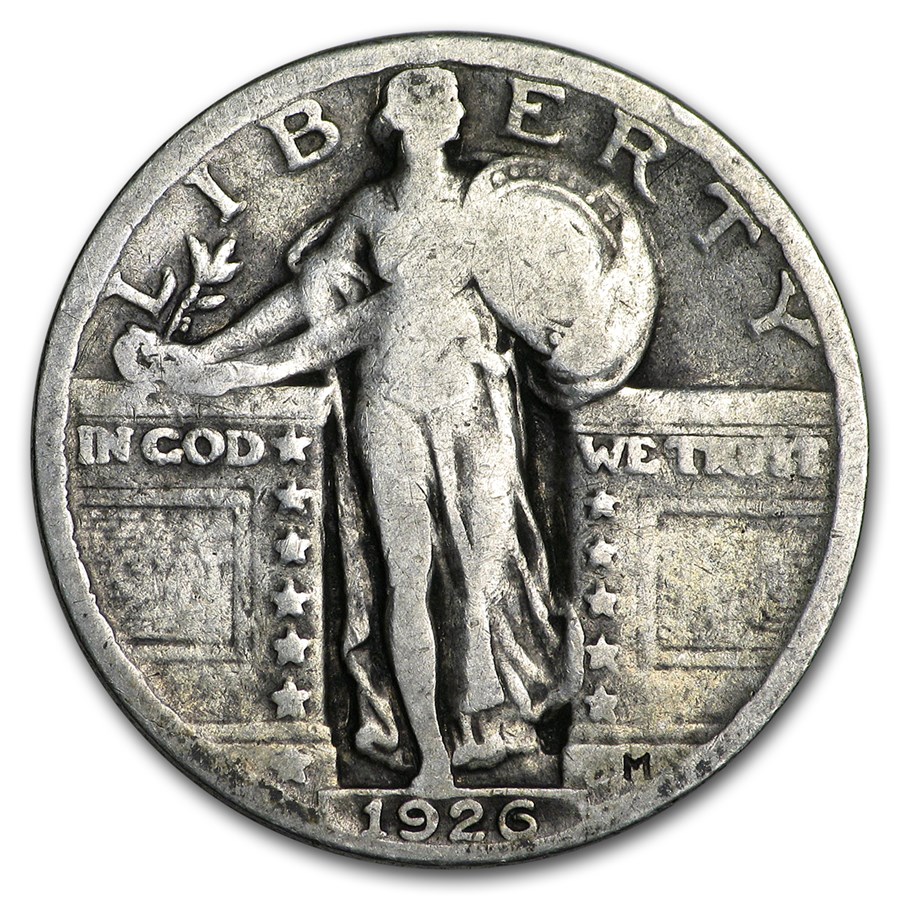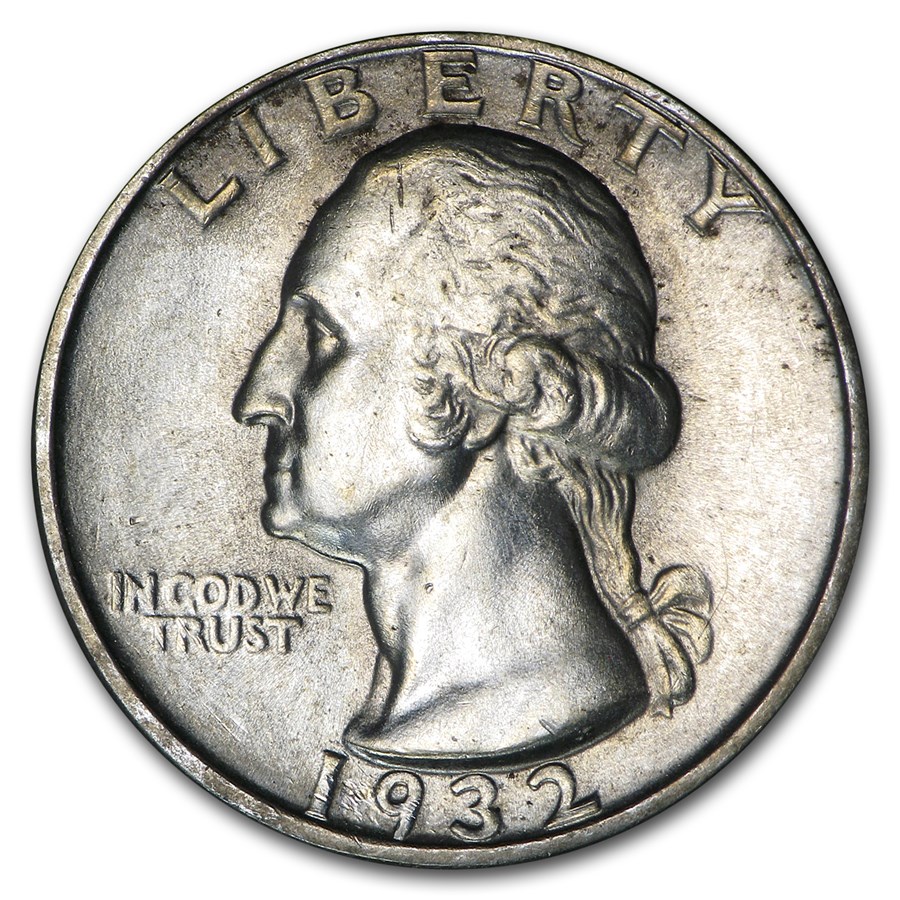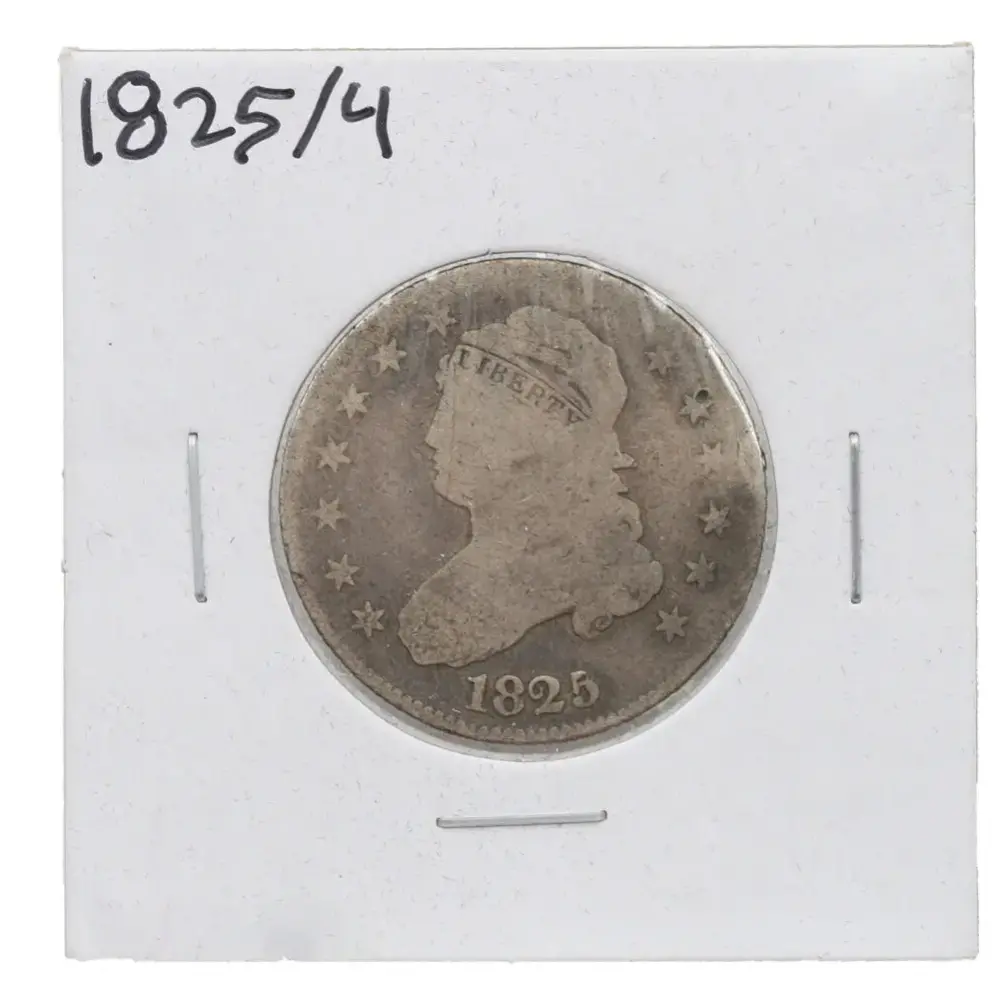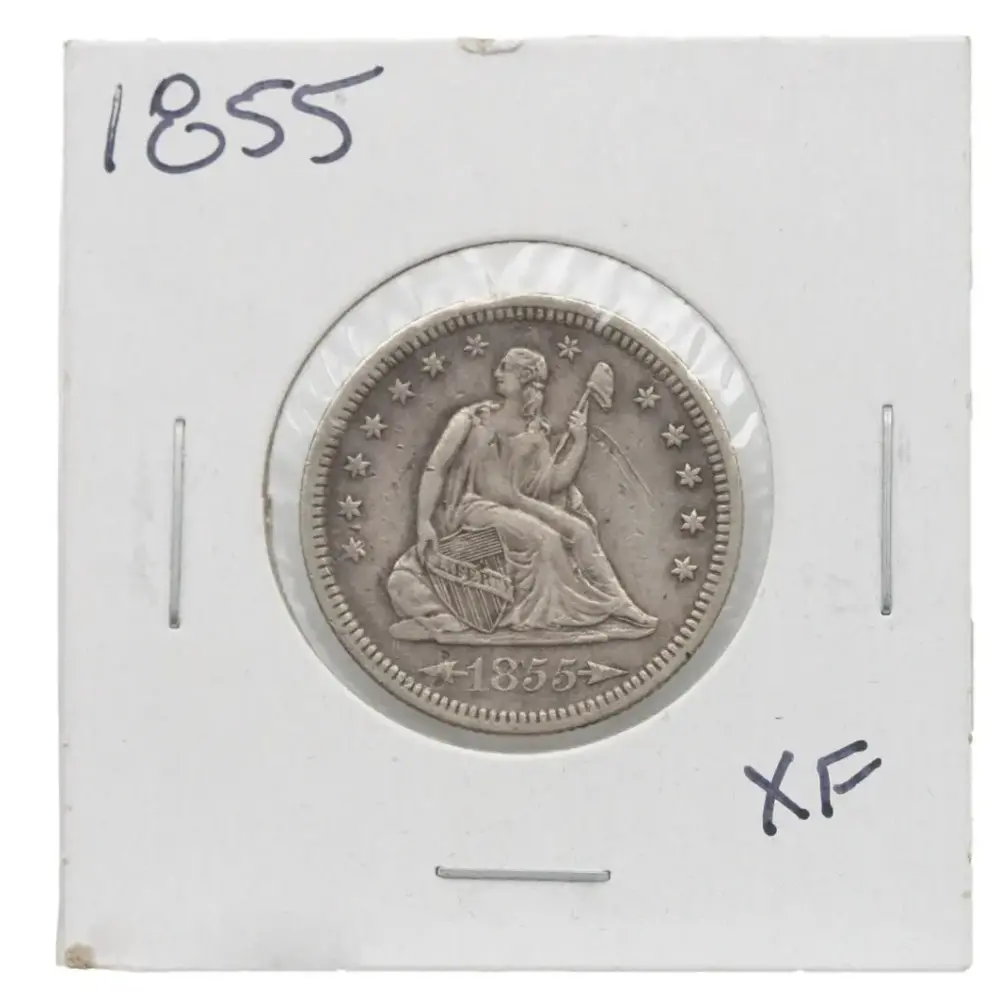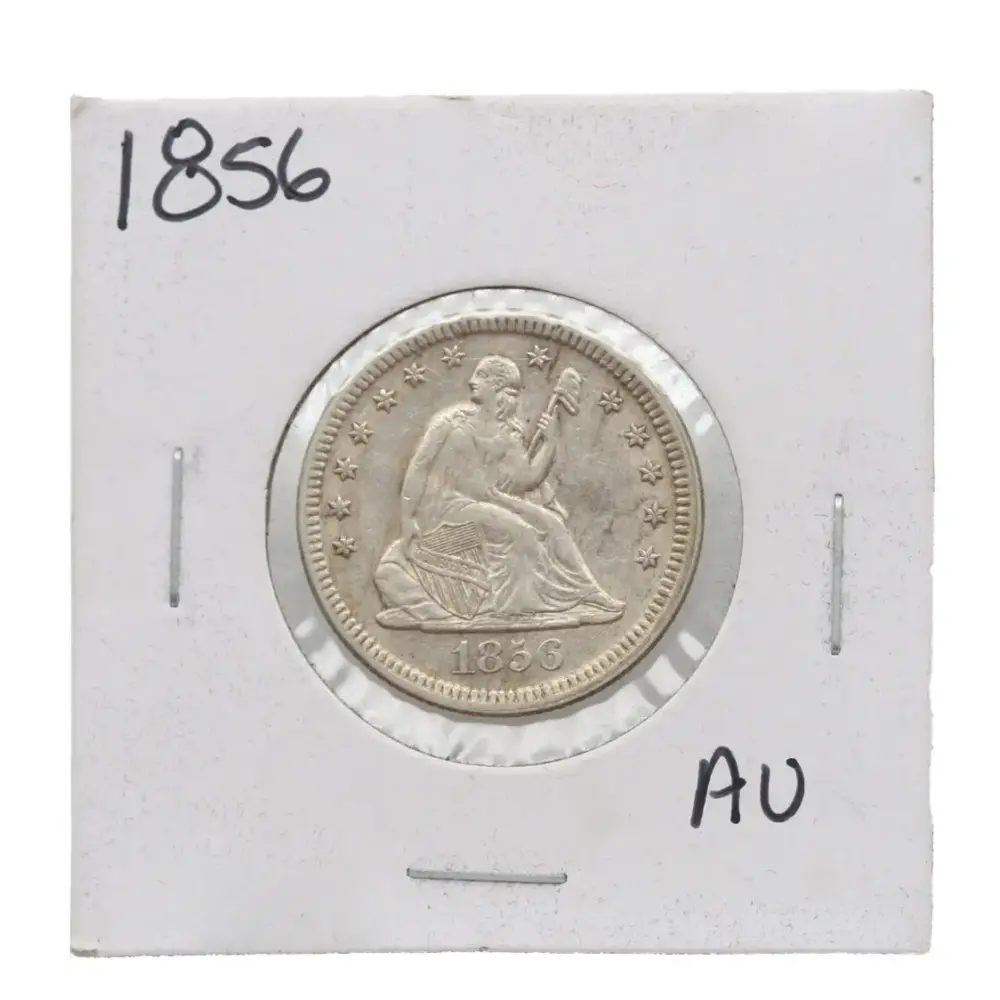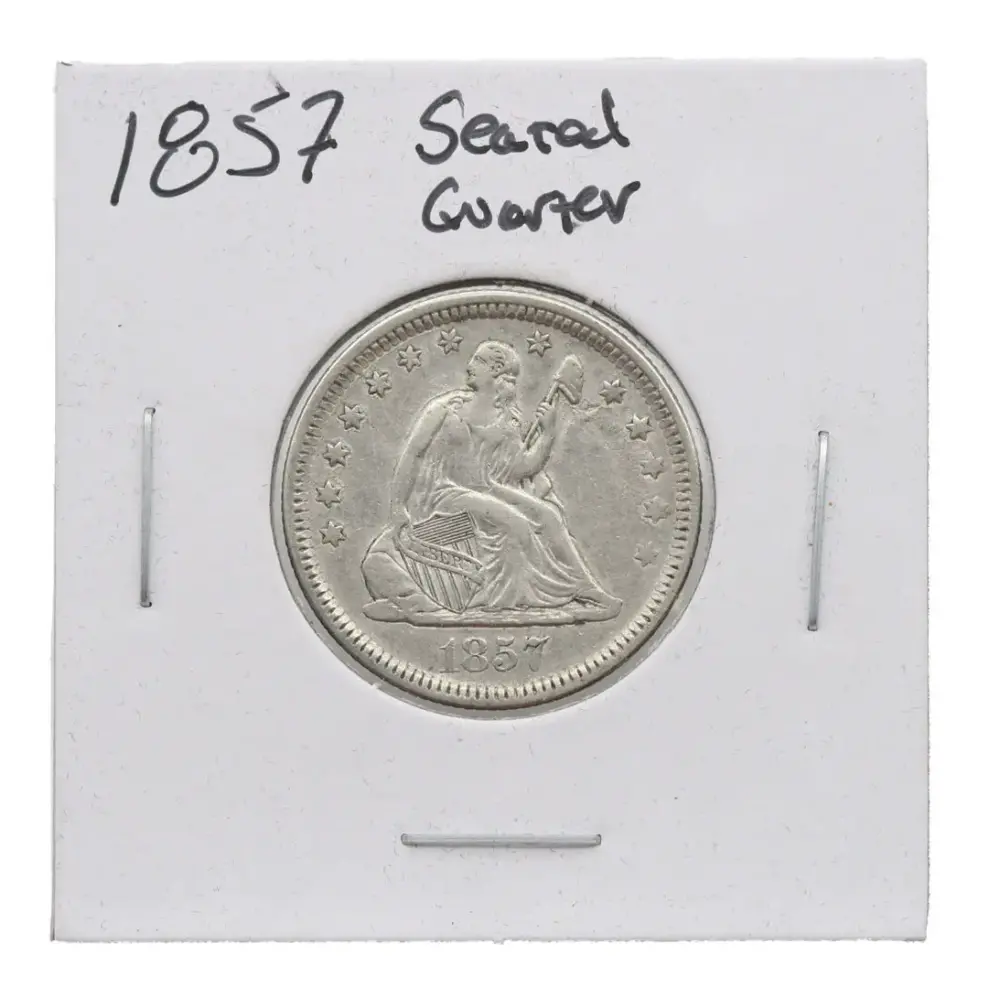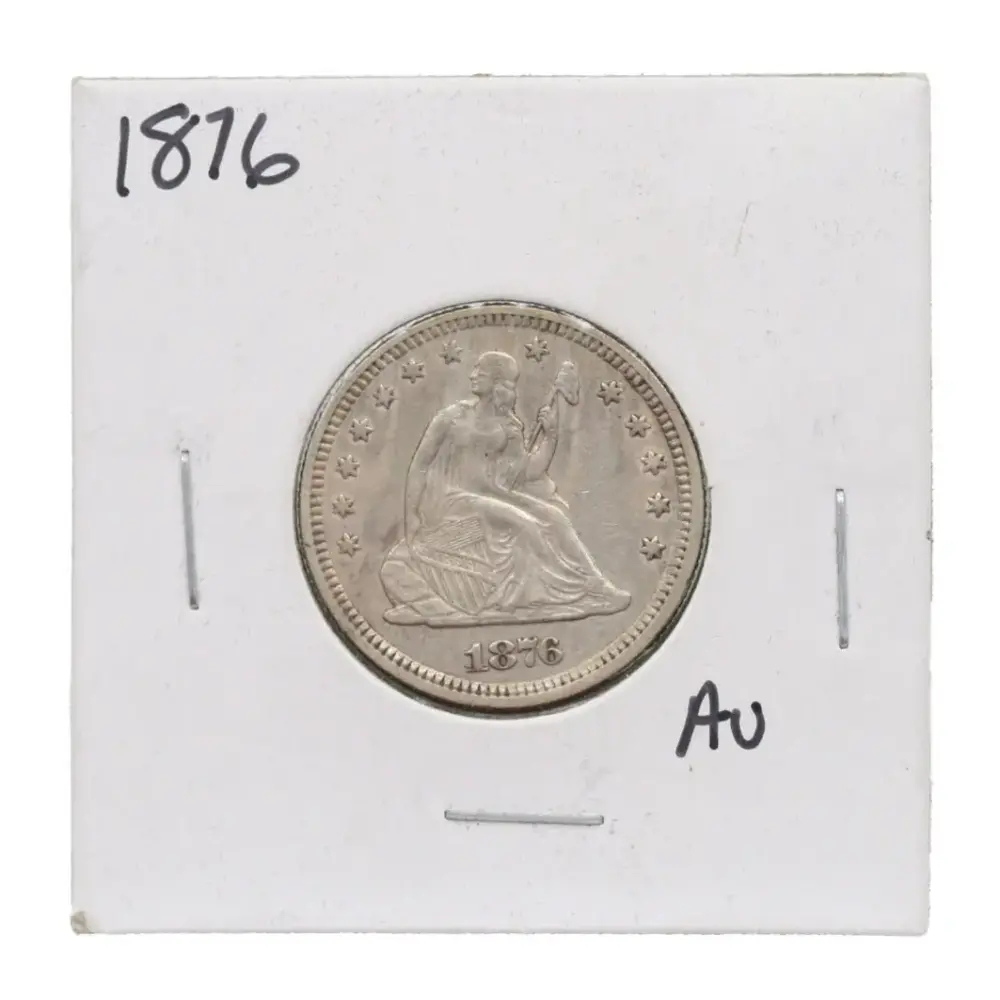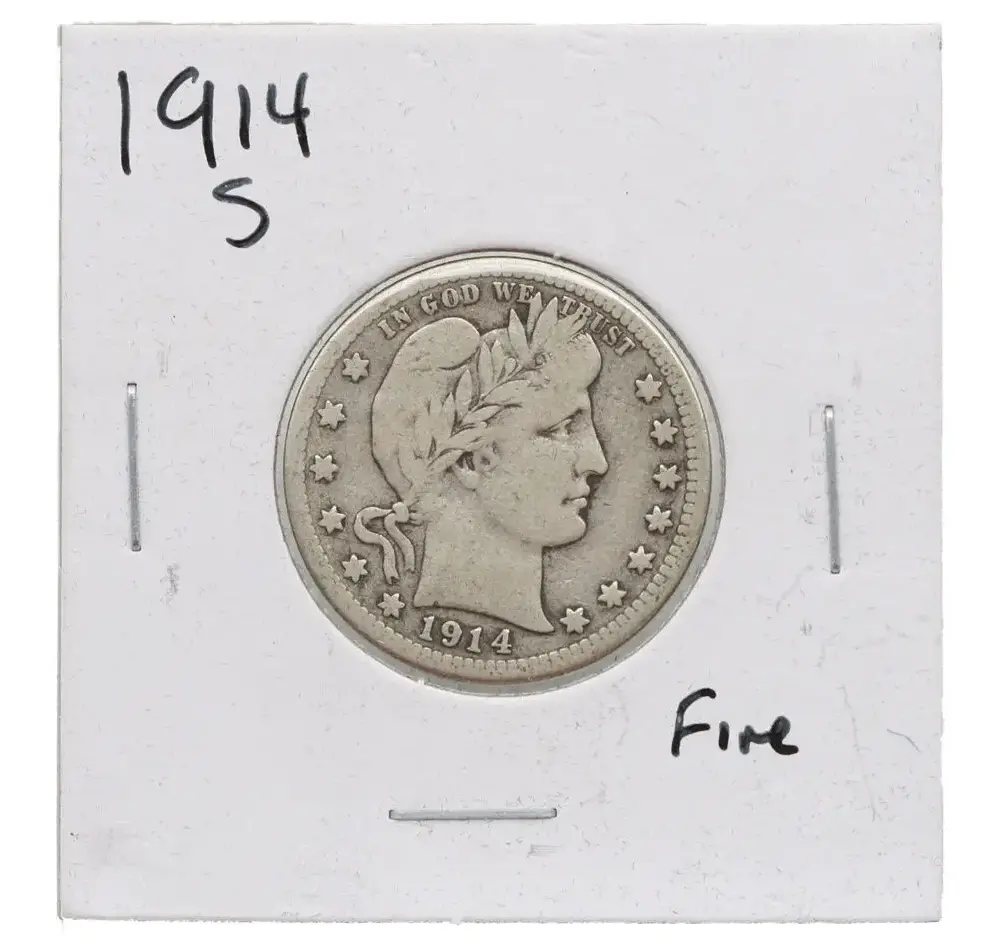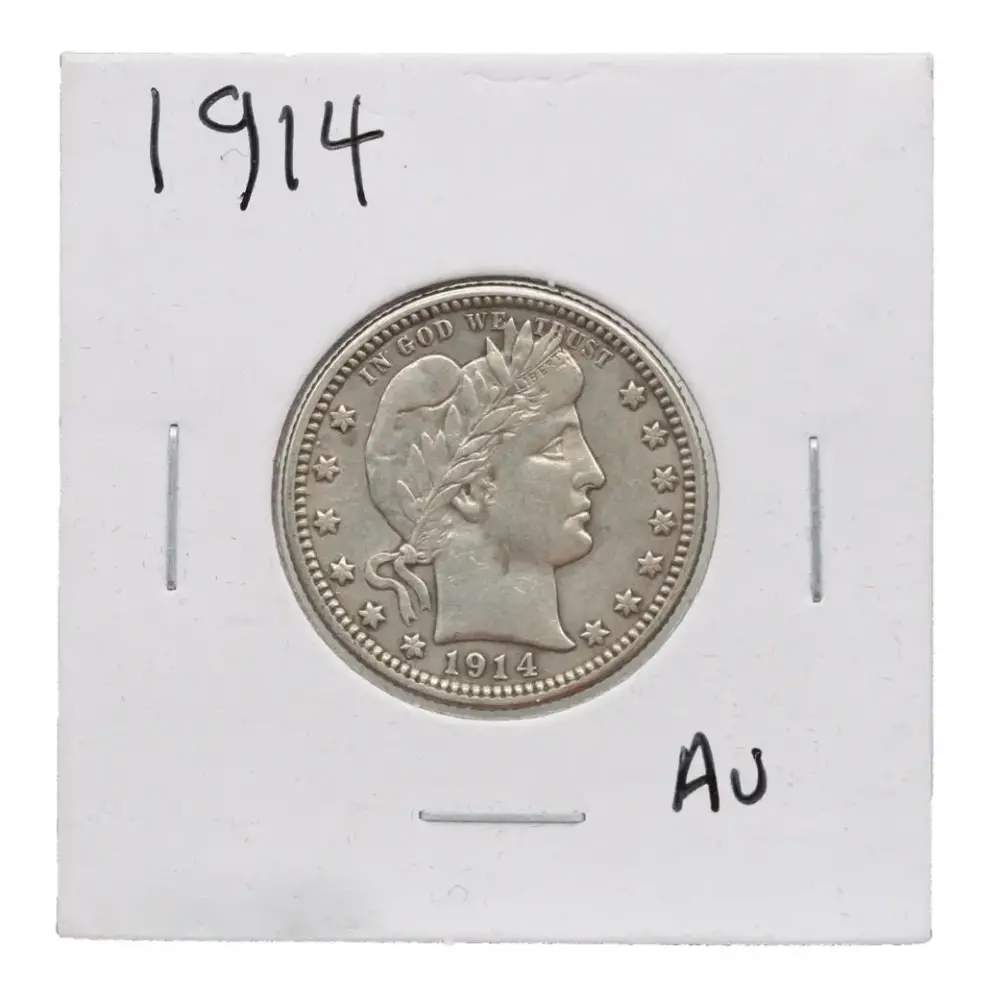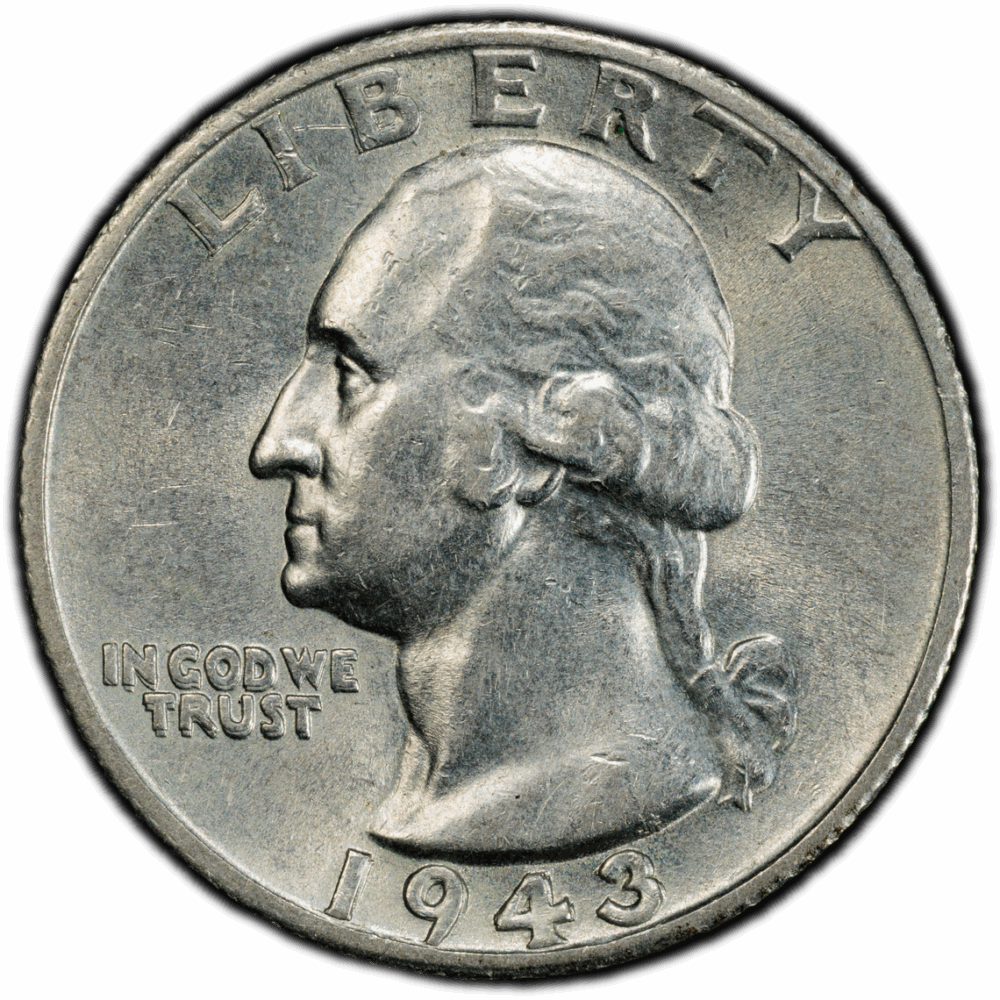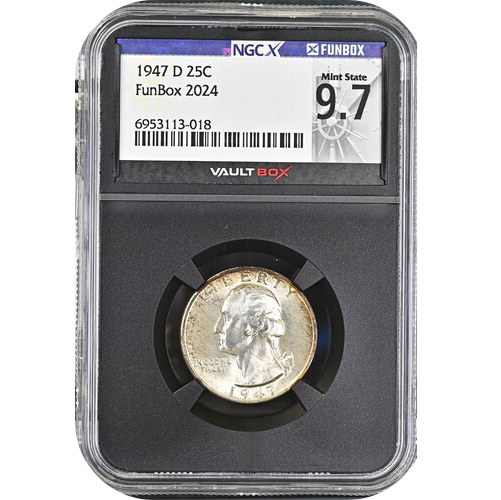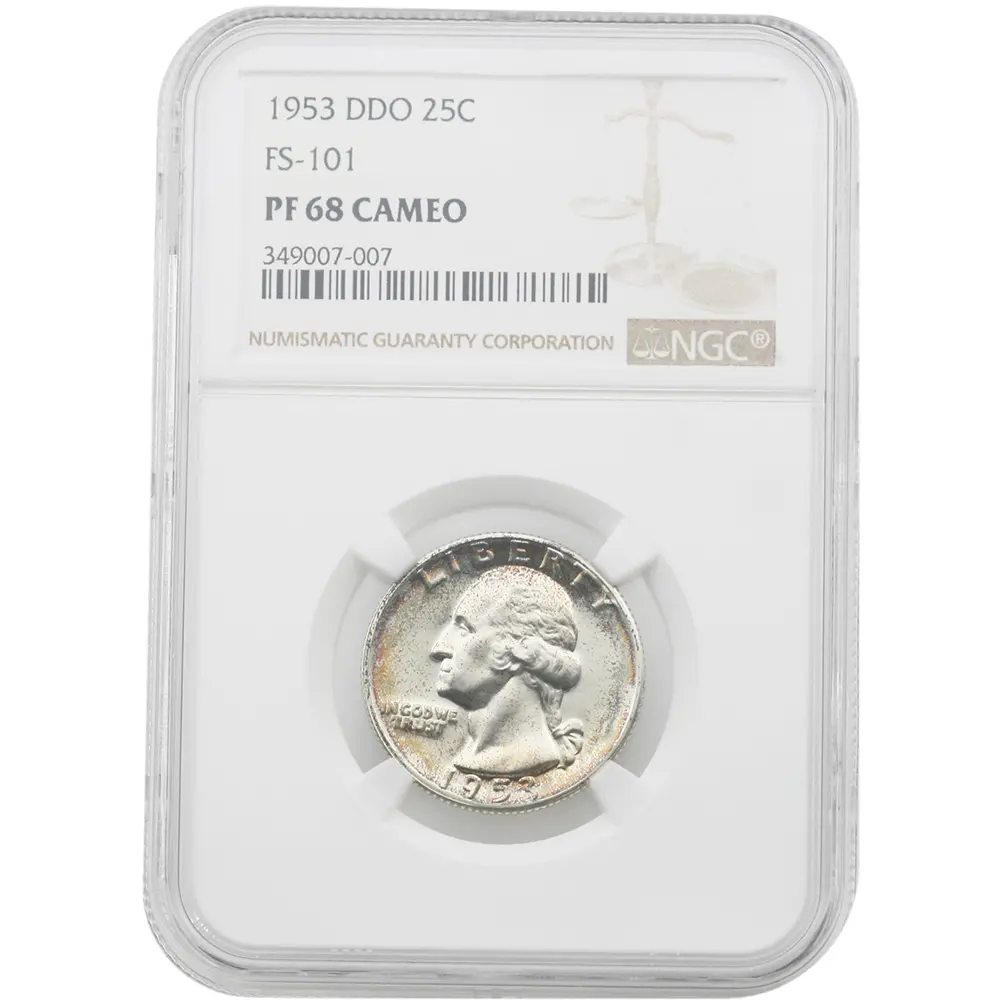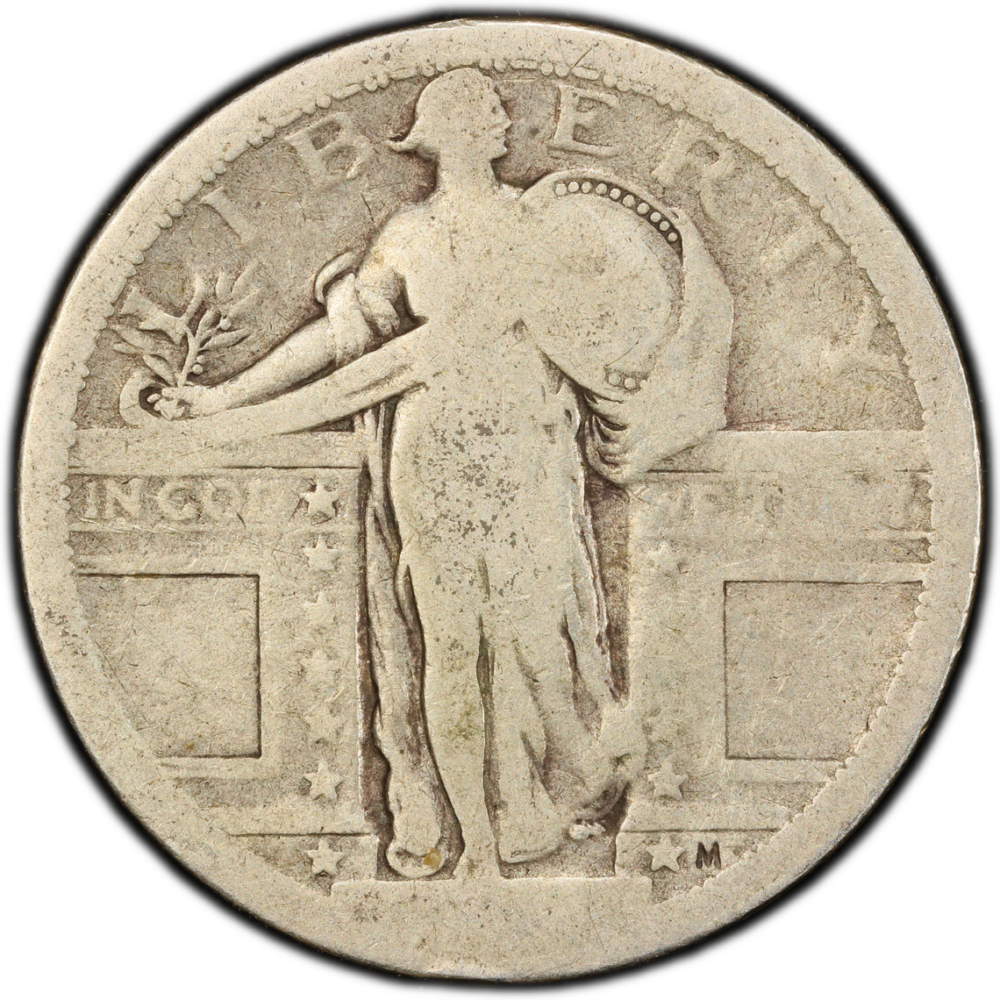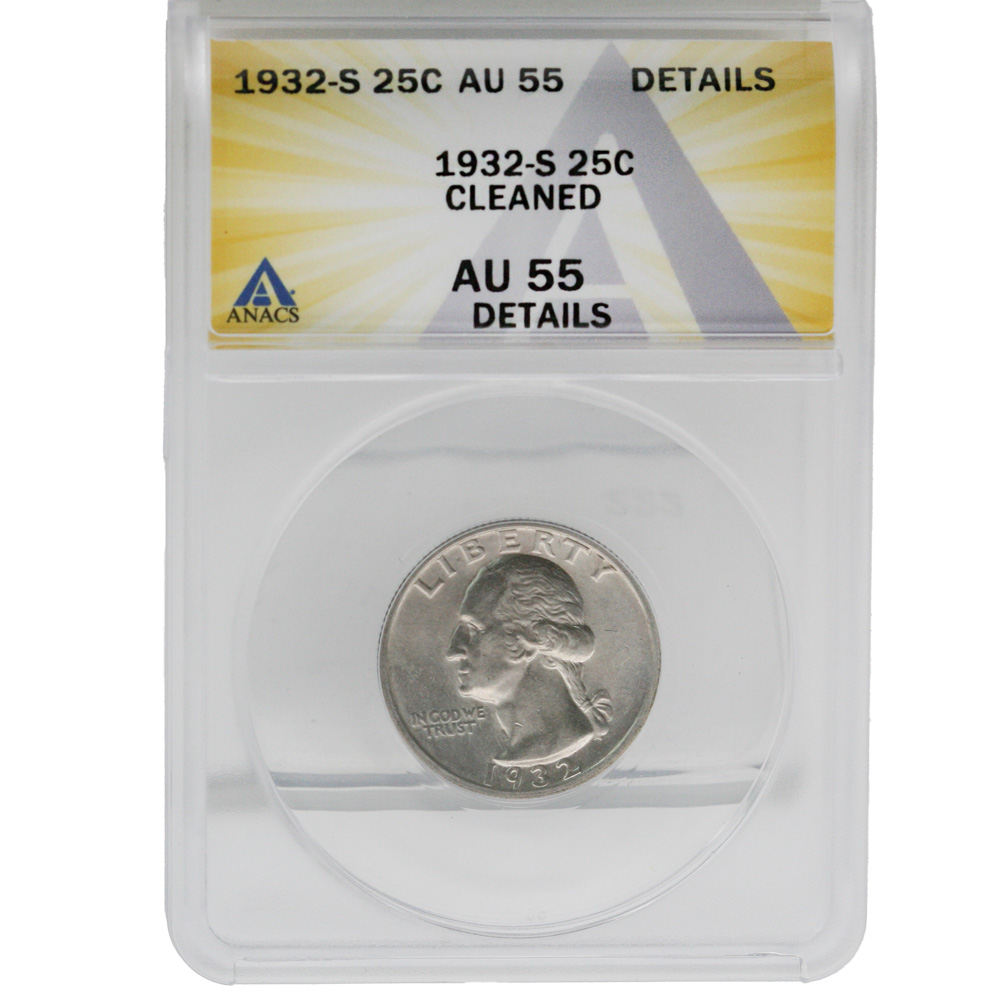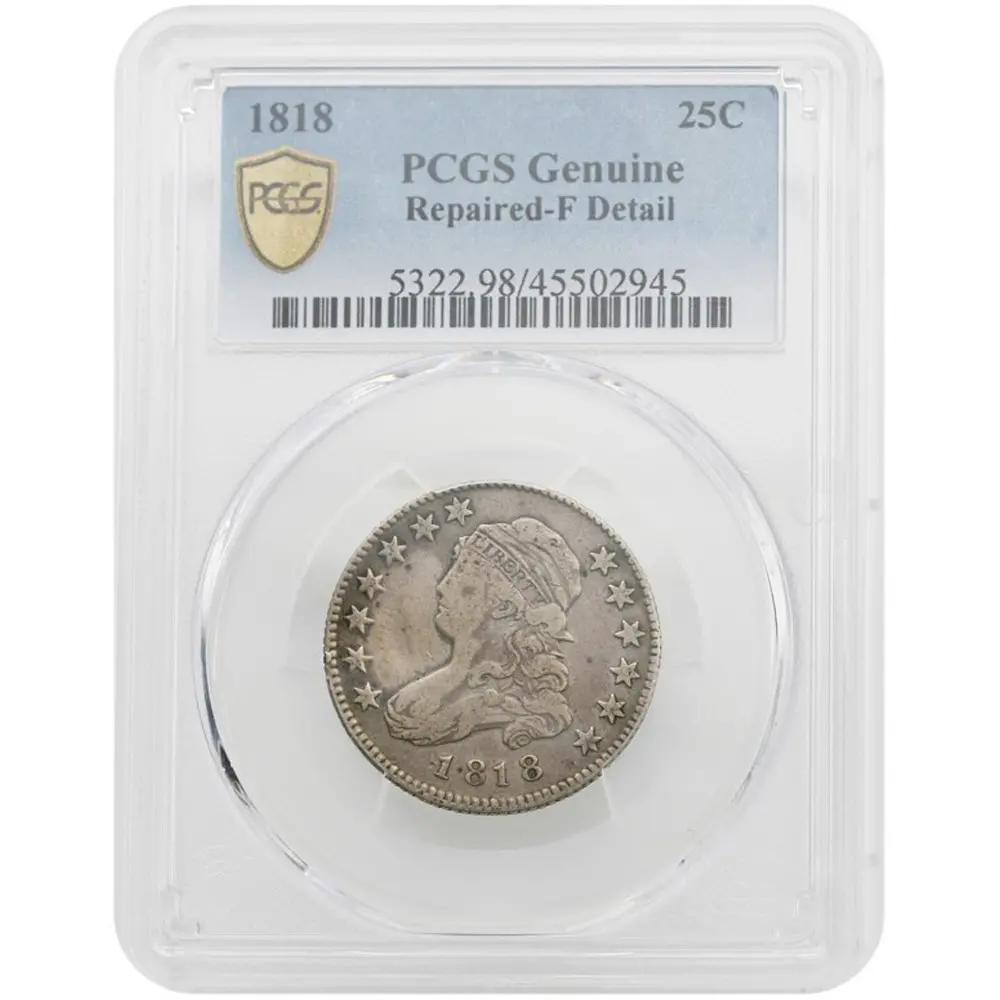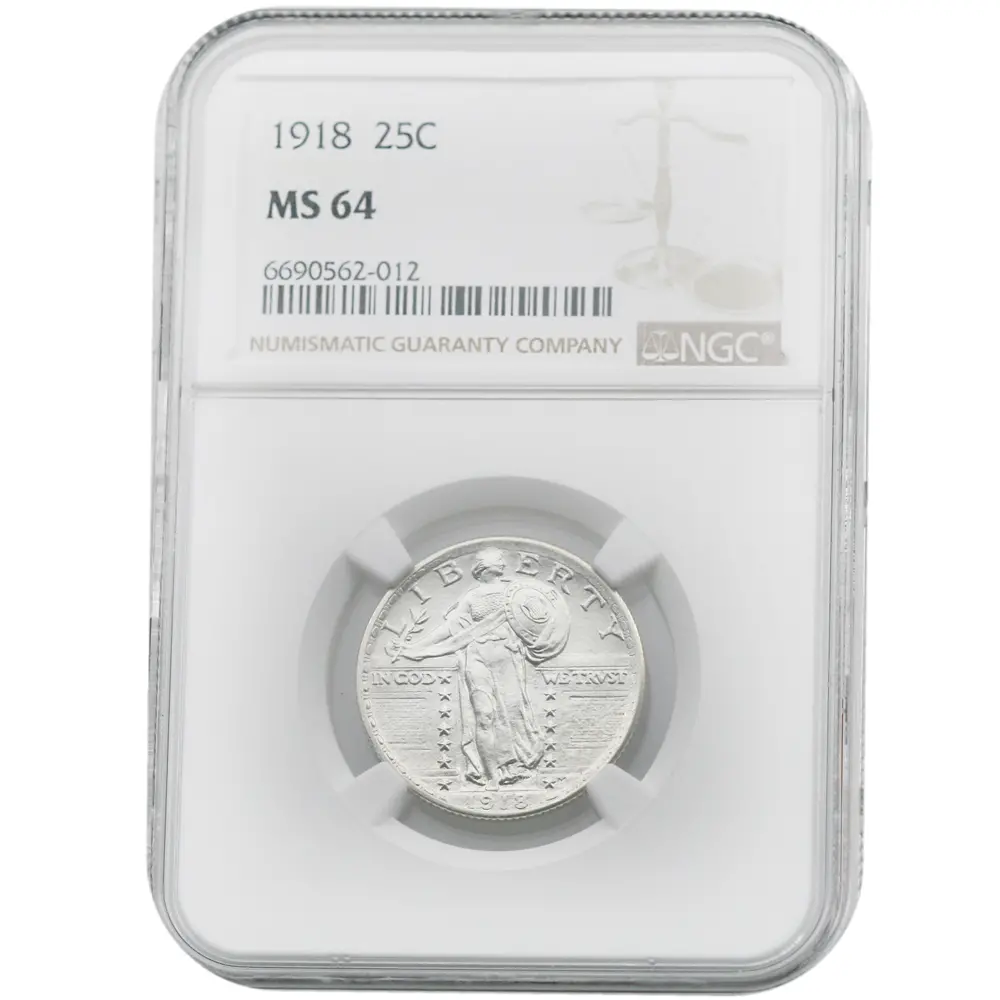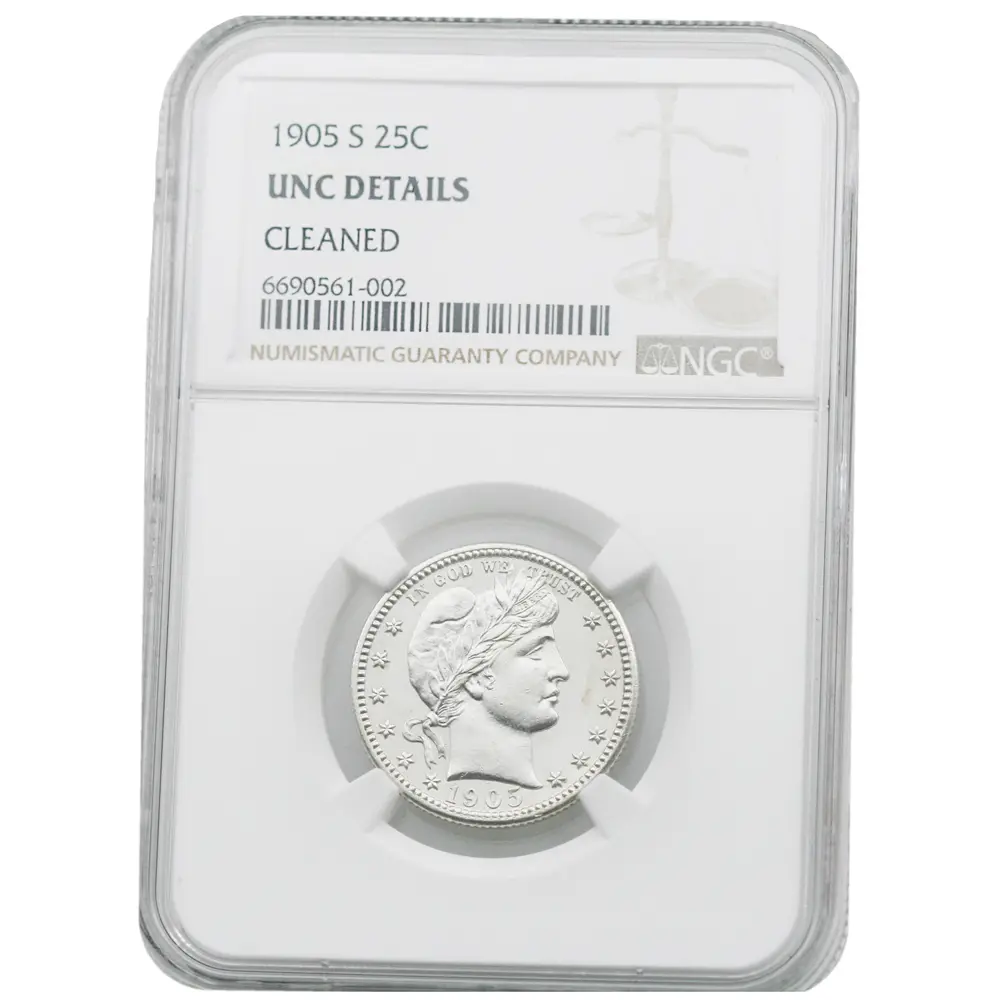Quarters (1796-1999)
Draped Bust Quarters (1796; 1804–1807)
The very first U.S. quarters debuted in 1796 with a Small Eagle reverse. Only 6,146 were struck, making it a one-year type and a legendary rarity. Production resumed in 1804–1807, now with a Heraldic Eagle reverse. Survivors are scarce in any grade and often show heavy wear.
Capped Bust Quarters (1815–1838)
John Reich’s design introduced a capped Liberty portrait with a bold eagle. Early issues (1815–1828) were larger in diameter and struck with lettered edges, while reduced-diameter, reeded-edge coins followed from 1831–1838.
Collector Notes: Keys include the 1823/2 and 1827, both rare and highly sought after. The series is also famous for its die marriages, cataloged by Browning numbers.
Liberty Seated Quarters (1838–1891)
Christian Gobrecht’s Liberty Seated design spanned over 50 years with many subtypes.
-
No Motto (1838–1865)
-
Arrows & Rays (1853 only)
-
Arrows at Date (1854–55, 1873–74)
-
With Motto (1866–1891)
Collector Notes: Carson City issues and low-mintage varieties (like the 1871-CC and 1873-CC No Arrows) are extremely scarce. This long-running design offers endless depth for collectors.
Barber Quarters (1892–1916)
Charles Barber’s Liberty head design ushered in the modern era of quarters. These coins circulated heavily and are often found well-worn.
Collector Notes: Key dates include the 1896-S, 1901-S, and 1913-S, each commanding high premiums even in lower grades. Proofs were issued annually from 1892 to 1915.
Standing Liberty Quarters (1916–1930)
Adolph Weinman’s Standing Liberty quarter is considered one of America’s most artistic coin designs. The short-lived series went through three types: Type 1 (1916–17) with an exposed breast, Type 2 (1917–24) with chain mail, and Modified (1925–30) with recessed date.
Collector Notes: Keys include the 1916, the 1918/7-S overdate, and low-mintage dates like 1921. “Full Head” strikes carry strong premiums.
Washington Quarters – Silver Era (1932–1964)
Introduced for George Washington’s bicentennial, this design by John Flanagan was supposed to be a one-year issue but became permanent. Coins struck through 1964 were 90% silver.
Collector Notes: Keys include the 1932-D and 1932-S, both with low mintages. Varieties such as the 1934 doubled die add interest. Circulated sets are affordable, while Gem Mint State examples are tougher than mintages suggest.
Washington Quarters – Clad Era (1965–1998)
With silver removed from circulation in 1965, quarters transitioned to copper-nickel clad. Collectors recognize several notable subtypes, including:
-
1965–67 SMS (Special Mint Sets) instead of proofs.
-
1976 Bicentennial Quarters with a colonial drummer reverse; issued in both clad and special 40% silver versions.
-
1982–83 issues, tougher in Gem due to the absence of Mint Sets those years.
Collector Notes: While often overlooked, Gem-condition clad quarters are surprisingly scarce. Varieties like the 1982-P “No P” mintmark are popular with specialists.

